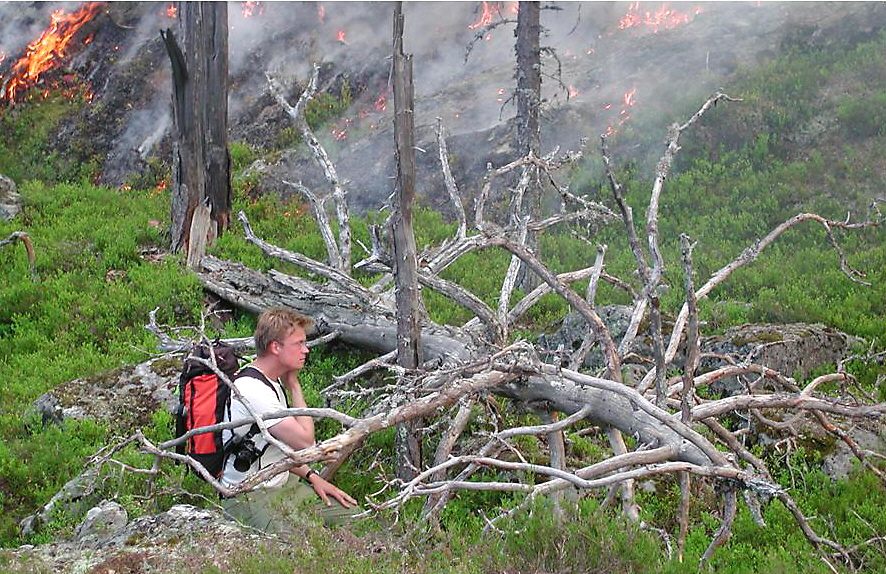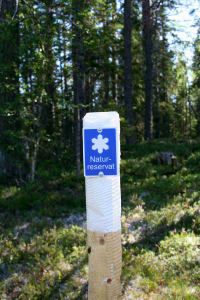PRIFOR

PRIFOR is a research network focusing the ecology, natural dynamics and history of the remaining primeval forest of Northern Europe.
Despite the long land-use history of forest harvesting and agricultural use in Nordic countries and adjacent Baltic States and Russia (henceforth Northern Europe), sizeable areas of forest remain unharvested and largely undisturbed by man’s activities. These remaining primeval forests not only harbour conservation and recreational values of international significance, but also represent important reference areas, critical to our understanding of current forest structure, composition, and processes.

Why focus on remaining primeval forests
They are valuable in themselves as hot-spot islands for many rare and declining species within the region. Research will provide additional focus on their uniqueness and will support ongoing conservation initiatives.
The historical range of variability in natural disturbance patterns in primeval forests suggests guidelines for how conservation should be conducted in managed forests. This variability can be viewed as the template to which most forest species have evolved, and knowledge on the natural dynamics may thus provide important baseline information for forest management.
Both growth rates and disturbance patterns are strongly influenced by climate. Thus, studies in primeval forests may provide much needed long-term data on the relation between climate change and stand dynamics.
The primeval forests are natural refugia for in-situ conservation of genetic resources. As such, they conserve genetic variation among component tree species in a landscape dominated by artificial regeneration of plant material from extensive breeding programs.

The network aims
The network is a loosely association of more than 30 researchers and PhD-students that believes that progress in the research on these forests, given the complexity and extent of these forests, it is unlikely to be accomplished by any single research group working in relative isolation; such advances require collaboration among groups working in parallel. The network has identified a set of commons goals to direct the cooperation.
Review the status of primeval forests in Northern Europe – The definitions pertaining to primeval forests vary among countries and time periods, making it difficult to determine the true extent of primeval forest throughout the region
Identify knowledge gaps – Many older studies of primeval forests have been published in national languages, and the coverage of forest dynamics remains fragmentary and poorly synthesized.
Develop standard sampling protocols – Different sampling protocols are being used, even within a given country, to address the same research questions related to forest history and dynamics. This also applies to inventories of component species. These differences severely limit comparisons of findings and meta-analyses throughout the region.
Establish a database of long-term permanent plots – The participating groups have access to and knowledge of permanent plots in primeval forests. Currently no database or commonly shared knowledge of these sites exists. The value of such a database is enormous, as it would create the opportunity for joint comparative or large-scale projects across the Northern Europe.
Arrange Ph.D.-level courses in forest-history methodology – The continuation of this work will require a cadre of well-trained researchers for the future. The network aims for annual courses and workshops focusing on methods.
Devise forest management recommendations – The natural range of variability in stand dynamics across the region is a key research question for the network. This constitutes an important baseline, harmonizing the ecological basis and principles for management recommendations across the region and can provide much needed guidelines for forest restoration.
